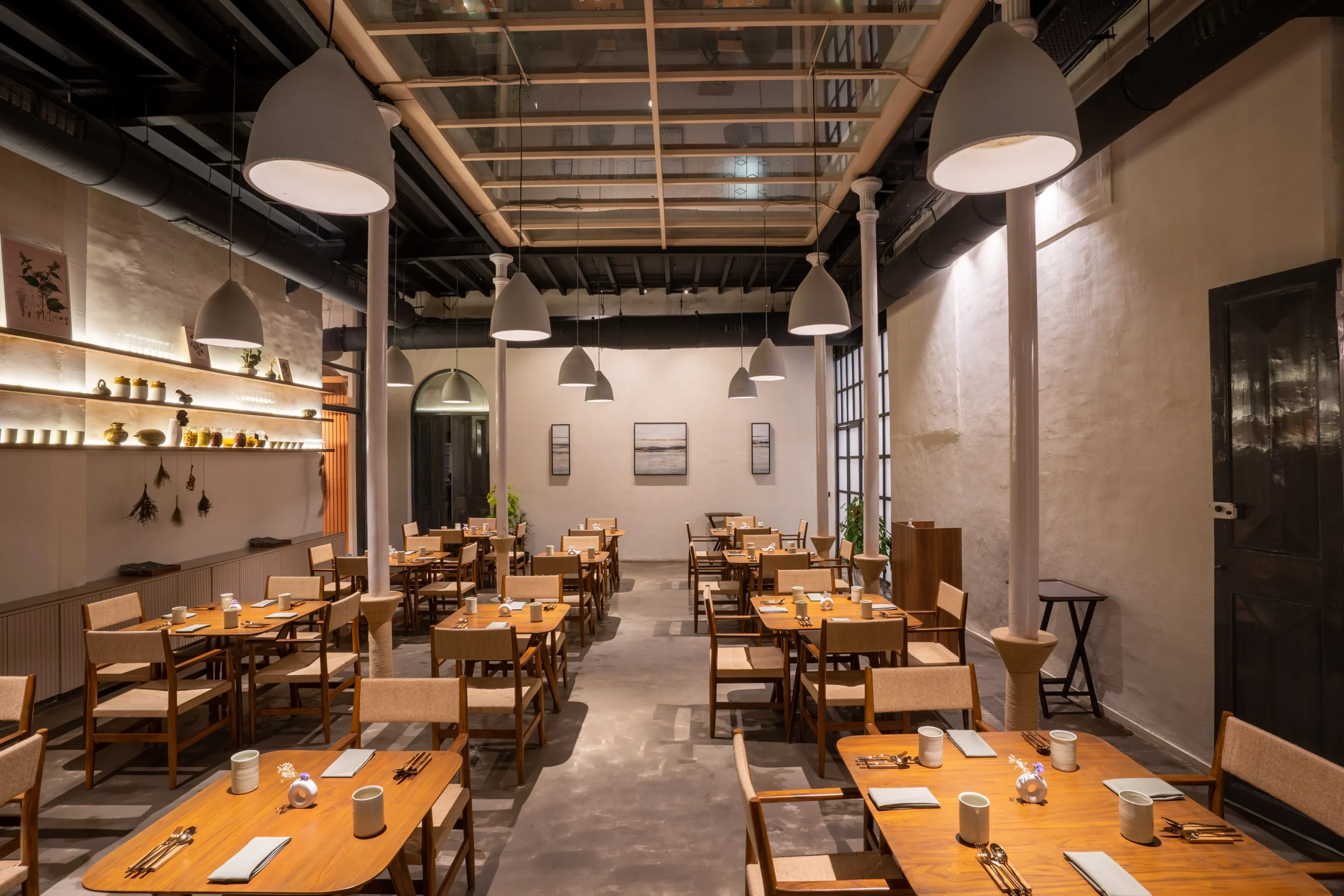
In the dynamic and competitive world of the restaurant industry, success hinges not only on culinary expertise but also on understanding customer preferences and behaviors. One critical element in this equation is the top menus in new york, which serve as the gateway to a memorable dining experience. To ensure a winning menu that resonates with customers and maximizes profitability, a data-driven approach is increasingly becoming a game-changer for restaurateurs.
In the past, menu creation was often driven by intuition and culinary expertise alone. However, with the advent of advanced data analytics and technology, restaurants can now leverage valuable insights from customer data to make informed decisions about their Restaurant menus offerings. This data-driven approach involves analyzing customer preferences, purchasing patterns, and feedback to tailor the menu to the specific tastes and desires of the target audience.
One key aspect of a data-driven menu is understanding customer demographics. By collecting and analyzing data on the age, gender, location, and other relevant factors of the customer base, restaurants can gain insights into the preferences of their target audience. For example, a restaurant situated in a cosmopolitan area with a diverse population may discover a demand for international cuisines, prompting the inclusion of a variety of global dishes on the menu.

Furthermore, analyzing sales data and customer feedback allows restaurants to identify the most popular and profitable items. By recognizing which dishes consistently perform well, chefs and restaurateurs can optimize the menu to focus on these high-demand offerings. This not only enhances customer satisfaction but also streamlines kitchen operations and inventory management, contributing to overall efficiency.
Additionally, a data-driven approach can help restaurants stay agile and adapt to changing trends. By monitoring industry trends and customer preferences in real-time, establishments can quickly adjust their menus to capitalize on emerging food movements or seasonal ingredients. This flexibility enables restaurants to stay relevant and maintain a competitive edge in the ever-evolving culinary landscape.
Menu engineering is another valuable aspect of a data-driven approach. By strategically placing high-margin items or promoting specific dishes through visual cues, such as design or language, restaurants can influence customer choices and increase overall profitability. Analyzing data on item popularity, cost, and profit margins can guide the placement and promotion of menu items to drive revenue.
Moreover, technology plays a crucial role in implementing a data-driven menu strategy. Online ordering platforms, mobile apps, and point-of-sale systems generate a wealth of data that can be harnessed to refine menu offerings. Restaurants can track which items are frequently ordered online, identify customer preferences, and even personalize recommendations based on individual order history.
Crafting a winning restaurant menu requires more than just culinary flair; it demands a data-driven approach that leverages the power of information to understand and anticipate customer needs. By analyzing demographics, sales data, customer feedback, and industry trends, restaurants can tailor their menus to appeal to their target audience, optimize profitability, and stay ahead in a competitive market. Embracing technology and continuously refining the menu based on insights will not only enhance the dining experience for customers but also contribute to the long-term success and sustainability of the restaurant.








